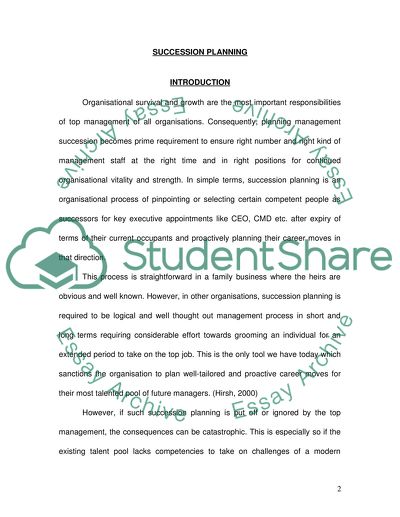Cite this document
(The Relevance of Finding a Successor Leader from the Personnel Reserve Thesis Proposal, n.d.)
The Relevance of Finding a Successor Leader from the Personnel Reserve Thesis Proposal. Retrieved from https://studentshare.org/human-resources/1505579-succession-planning
The Relevance of Finding a Successor Leader from the Personnel Reserve Thesis Proposal. Retrieved from https://studentshare.org/human-resources/1505579-succession-planning
(The Relevance of Finding a Successor Leader from the Personnel Reserve Thesis Proposal)
The Relevance of Finding a Successor Leader from the Personnel Reserve Thesis Proposal. https://studentshare.org/human-resources/1505579-succession-planning.
The Relevance of Finding a Successor Leader from the Personnel Reserve Thesis Proposal. https://studentshare.org/human-resources/1505579-succession-planning.
“The Relevance of Finding a Successor Leader from the Personnel Reserve Thesis Proposal”, n.d. https://studentshare.org/human-resources/1505579-succession-planning.


